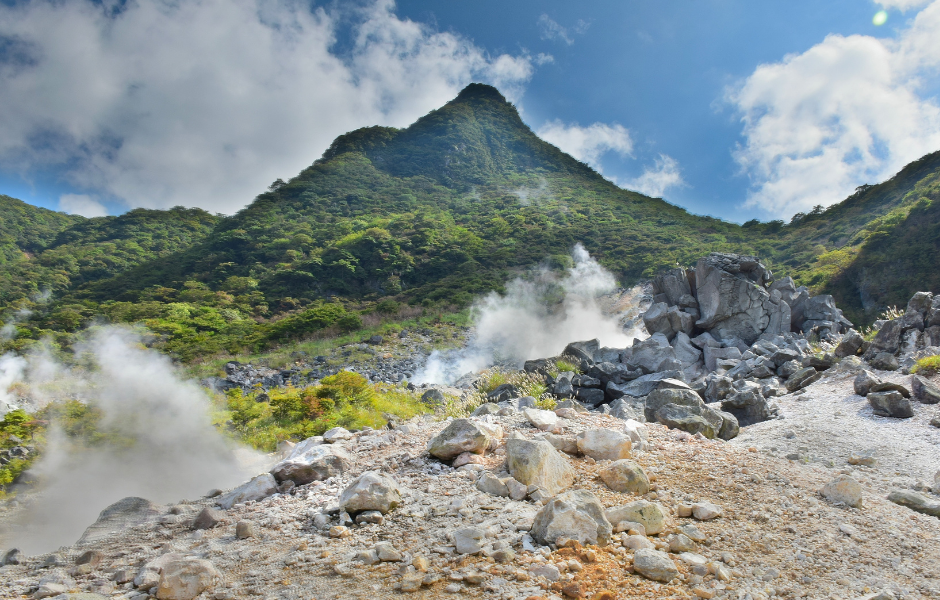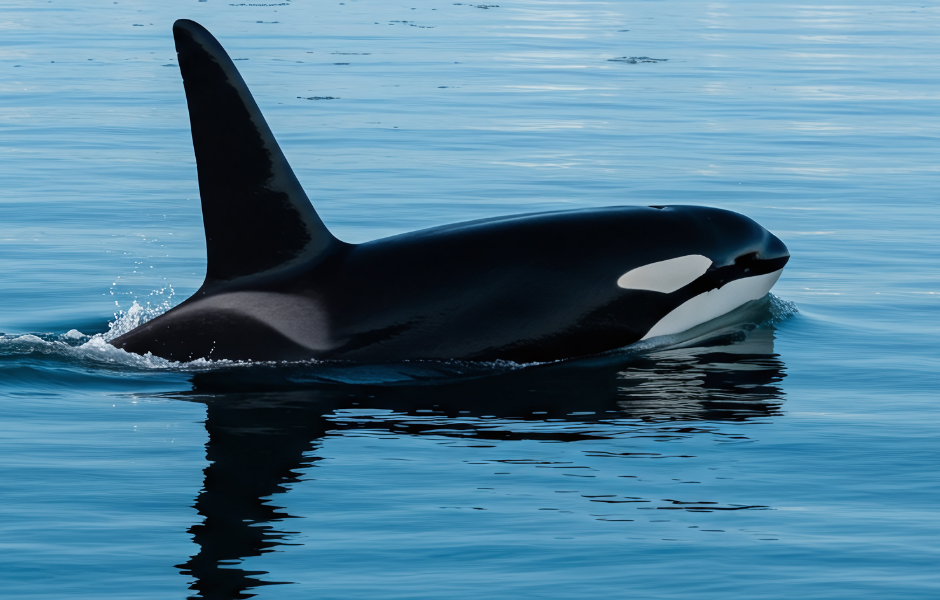
This children’s article, Ancient hot springs in Japan offer clues about early life on Earth, explores a recent discovery in Japan, where scientists studied hot springs that resemble conditions on early Earth. It has been written by writer and English teacher Sinead O’Carroll for native English speakers and learners of English as a second or foreign language. It can help children practise reading comprehension, learn useful vocabulary, and discover how life may have begun billions of years ago.
What are hot springs?
Hot springs are pools of water naturally heated by the Earth. Some are very hot, steaming, and full of minerals like iron and sulfur. People have used hot springs for bathing for thousands of years. Scientists also study them to learn how life can survive in extreme conditions.
Why these hot springs are special
Researchers in Japan studied five iron-rich hot springs. These springs have very little oxygen, similar to the atmosphere on Earth billions of years ago. Tiny microorganisms live in the water, showing how early life might have survived when there were no plants or animals. Studying these unusual springs gives scientists clues about how life began.
These springs are not just interesting because of their temperature or minerals. They mimic the conditions of early Earth, when the planet’s air was very different from today. You can read more about this research on Science Daily.
What the scientists discovered
The scientists found microbes that use iron to grow, even with almost no oxygen. They also discovered a “hidden” way these microbes process sulfur, a chemical element found in nature. These tiny organisms survive in extreme conditions that would be deadly for most life today.
The study helps explain how early microbes could live in harsh environments. By examining these microbes, scientists can imagine what the first ecosystems looked like on Earth. It is fascinating to think that simple life forms could survive and even thrive billions of years ago without plants, animals, or clean air.
Why it matters
This research is important because it shows that life might have started on land, not only in the oceans. Learning about these microbes gives clues about the origins of life and how living things adapt to extreme conditions. It also helps scientists think about life beyond Earth. If life could survive in hot, iron-rich, low-oxygen springs, it might exist in similar places on other planets.

Article vocabulary list
- Hot springs – pools of water naturally heated by the Earth
- Microorganism – a tiny living thing that can usually only be seen with a microscope
- Iron-rich – containing a lot of iron
- Oxygen – a gas in the air that most living things need to survive
- Sulfur – a yellow chemical element found in nature
- Ecosystem – a community of living and non-living things in an environment
Comprehension questions
Just click the plus (+) to see the answer
1. What makes the hot springs studied by scientists unusual?
a) They are cold and salty
b) They have very little oxygen and lots of iron
c) They are located underwater
Answer: b) They have very little oxygen and lots of iron
2. What do microorganisms in these hot springs use to grow?
a) Water and sunlight
b) Iron and very little oxygen
c) Plants and soil
Answer: b) Iron and very little oxygen
3. Why is studying these hot springs important?
a) It helps scientists understand the first life on Earth
b) It teaches people how to cook with hot water
c) It shows where to find gold
Answer: a) It helps scientists understand the first life on Earth
4. What is an ecosystem?
a) A type of microscope
b) A community of living and non-living things in an environment
c) A type of hot spring
Answer: b) A community of living and non-living things in an environment
5. How could this research help scientists think about life on other planets?
Answer (example): It shows that life can survive in harsh conditions, so similar forms of life might exist elsewhere.
Sinead is a writer and EFL teacher with eight years’ experience. She’s a native English speaker who loves making news stories fun and easy to understand for children around the world. Her passions include travel, animals, and helping to make the world a kinder, more sustainable place.




